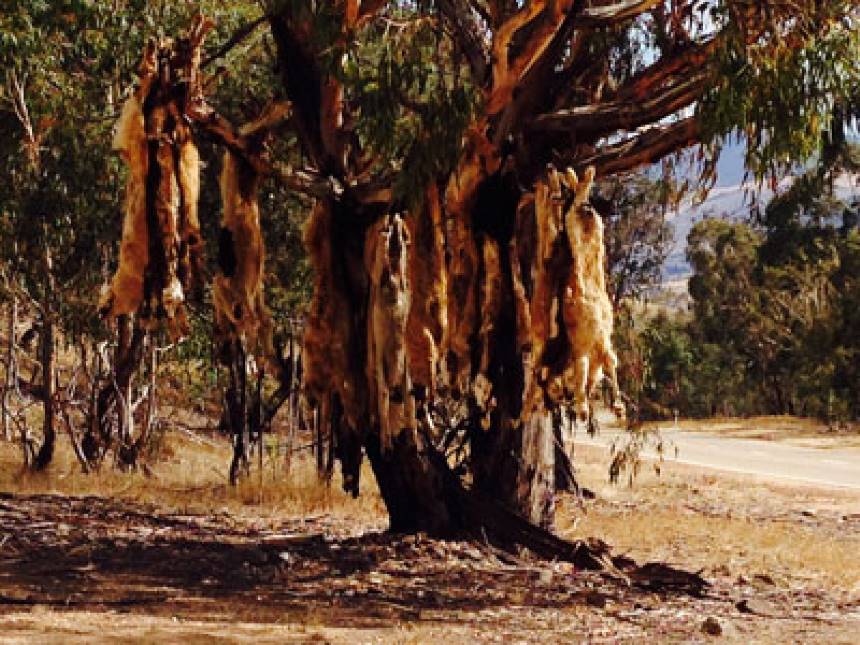The Victorian Coalition Government commenced more aerial baiting on public land this week as part of intensified efforts to reduce the impact of wild dogs on livestock producers.
Member for Gippsland East, Tim Bull, said 1476 baits were being deployed at three sites in the North East and a further 2507 at three East Gippsland sites.
“These sites – in the Angora/Cobungra, Bindi and Wonangatta/Punchen Budwied areas of East Gippsland and the Burrowa, Bullhead and Wabba areas of North East Victoria – are being targeted a second time following initial aerial baiting in May this year,” Mr Bull said.
“Aerial baiting was a key election commitment which the Victorian Coalition made prior to coming to office in December 2011, after years of incompetence by the Labor Party.
“The Government received approval to undertake aerial baiting from the Commonwealth in March this year and we have acted quickly to fulfil our commitment.”
Mr Bull said aerial baiting had an important role to play in the Government’s integrated approach to wild dog control that also included trapping, 1080 ground baiting and shooting.
“The Victorian Coalition understands the devastating impact of wild dogs on our state’s livestock industry, with the vicious pests preying on young lambs and calves. We are strongly committed to helping control their numbers,” Mr Bull said.
“The Coalition Government allocated $1.84 million in the 2014-15 State Budget for both aerial and ground 1080 baiting in remote areas over the next four years. To date 1,557 wild dogs have been handed in.
“We have also committed $4 million, if re-elected, to continue the bounty of $100 per wild dog skin and $10 per fox scalp for another four years.
Mr Bull said this Liberal-National Coalition Government has done more to help control wild dogs in four years than the former Labor government even attempted in more than a decade, including:
· Re-introduction of Lanes traps at the request of doggers and local community members after they were banned by Labor.
· Introduction of the wild dog and fox bounty and then doubled the wild dog bounty in January 2013 to $100, which has seen over 1200 pelts handed in.
· Established and grown community baiting programs with many landholders now participating.
· Maintained 72 hour trap checking for doggers (rather than move to 24 hour checking as was to occur under Labor) to allow doggers more flexibility to go about their business.
· Allowed farmers to undertake dog control measures outside their boundary as part of their co-ordinated baiting programs - with the intention to grow this in more areas.
· Provided iPads to the doggers so data can be entered in the field, removing the need for doggers to spend time in offices and this allowing more time in the field.
· Now employing contractor and casual staff to provide more flexibility to the dog control program. This is forming the basis of a transition plan with some of the contractors/casuals being employed aged in their 30’s and 40’s.
· Recently changed legislation to allow for the introduction of mobile bait manufacturing stations.
· Recent commitment to completely abolish the 3km buffer zone
· New local Wild Dog Management Zone work plans are also now in place, which contain operational targets and allow government and industry to effectively work together using all available tools including trapping, baiting, shooting, exclusion fencing, guardian animals and good animal husbandry to reduce wild dog impacts.



